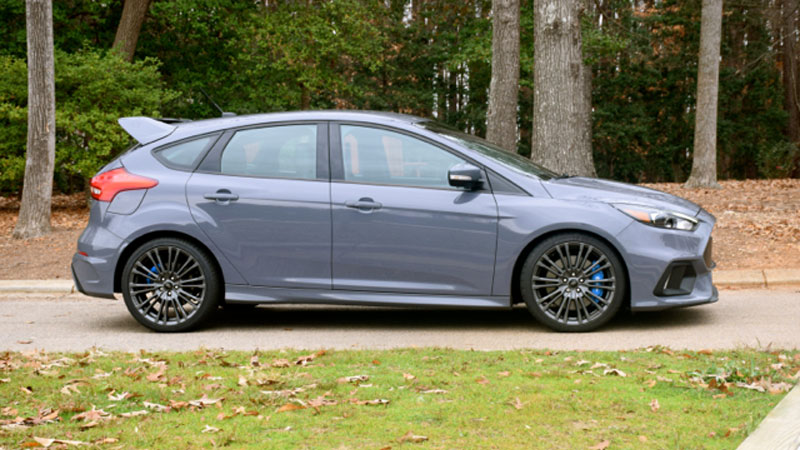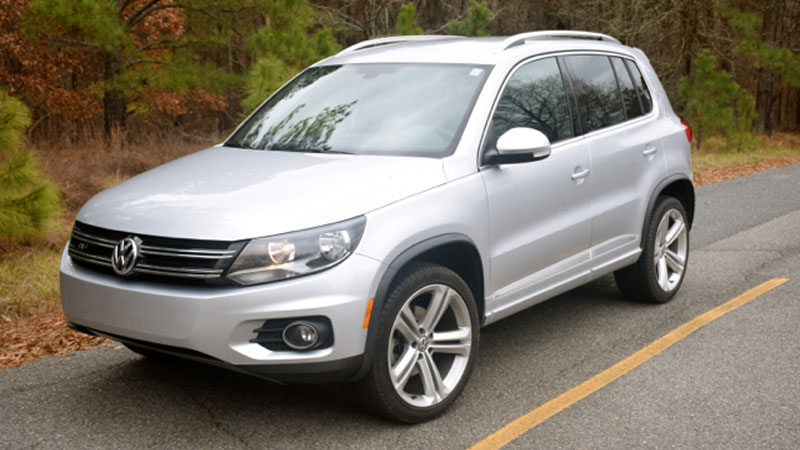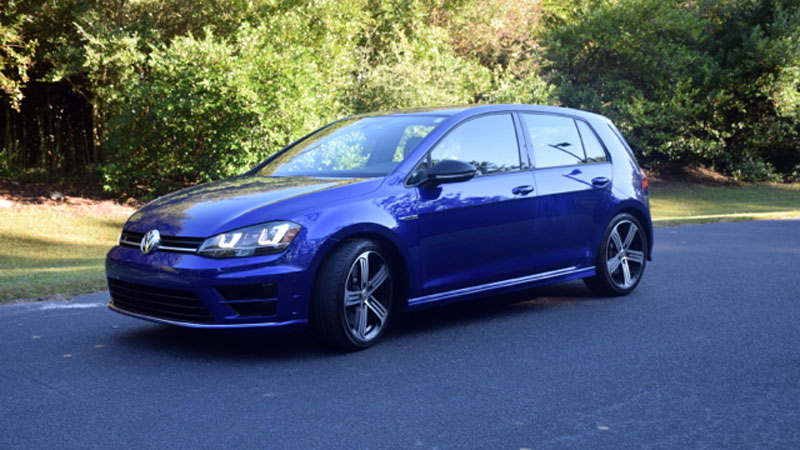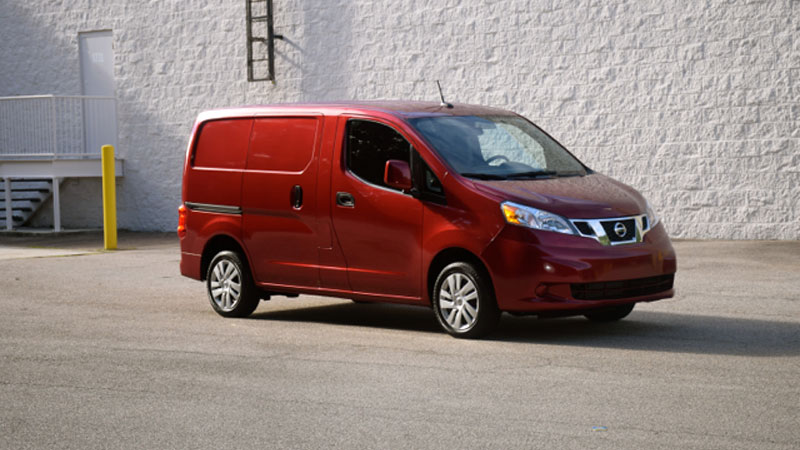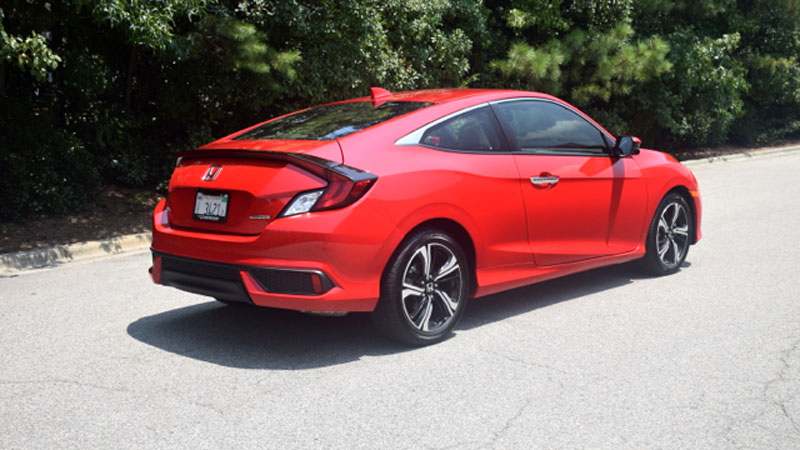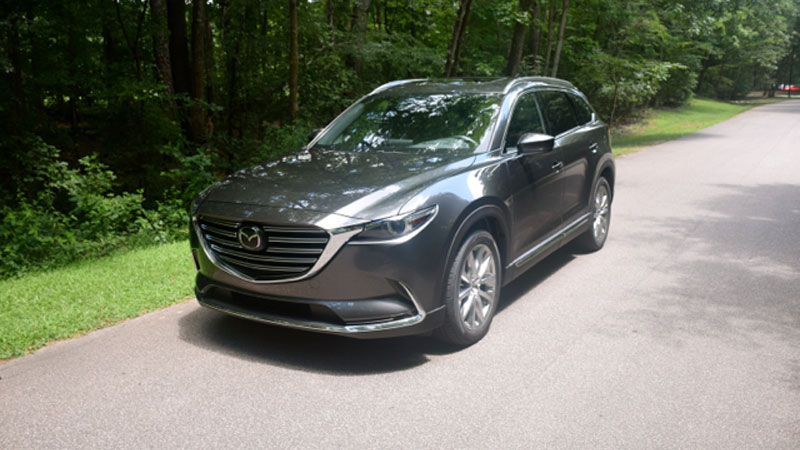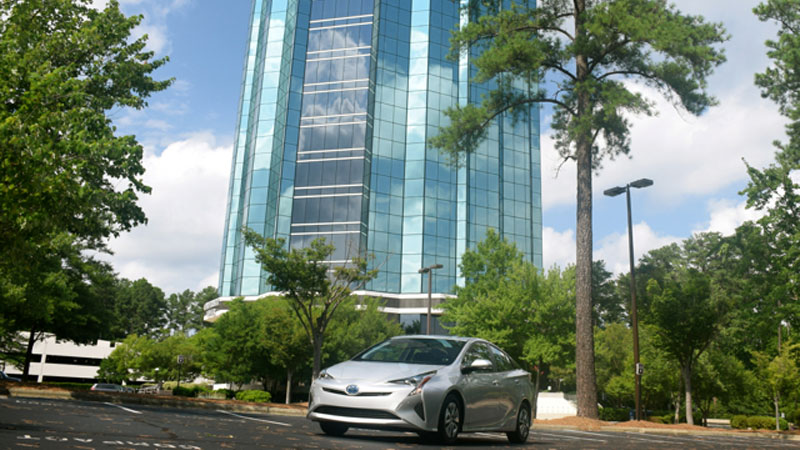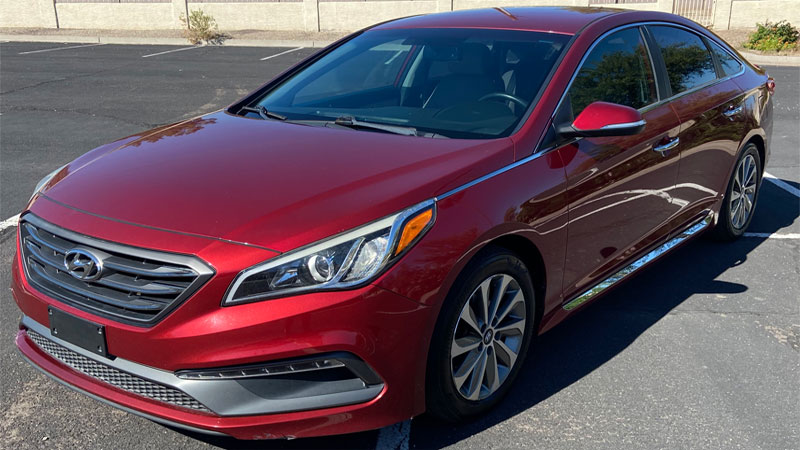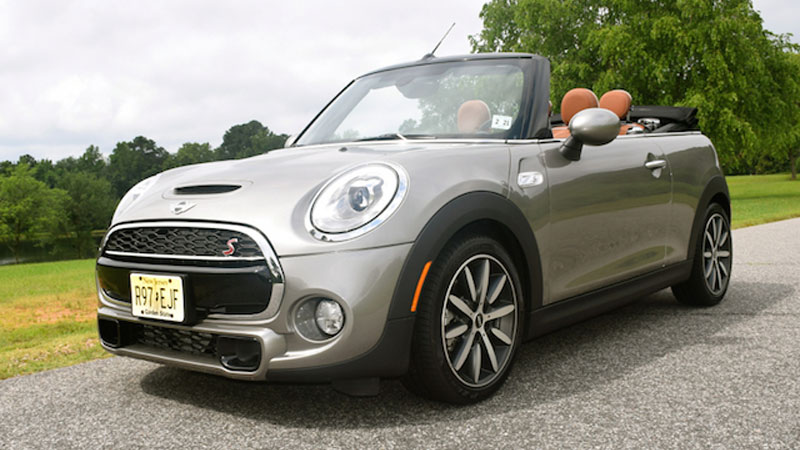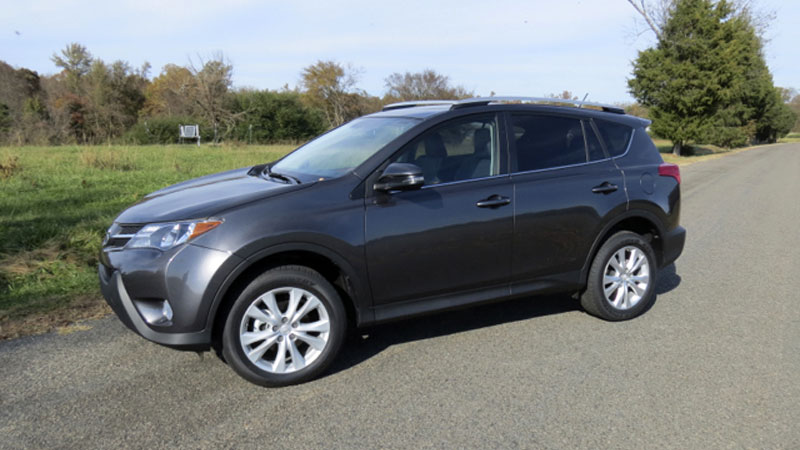2016 Ford Focus RS (Best Small Car in the World?)
One week of Ford Focus RS awesomeness! The Ford Focus RS may be the best small car in the world. Yes, I said it. But the “best” definition can be a tricky one to use as there are multiple categories to consider, i.e., quality, reliability, efficiency, and performance, among others. … Read more

